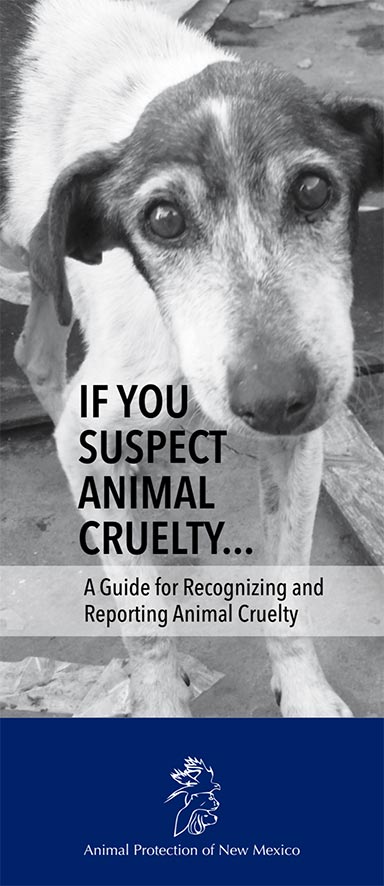Animal cruelty is a pervasive issue that transcends geographic boundaries and social strata. It is a troubling phenomenon that evokes a strong moral obligation in countless individuals. Have you ever walked by a dog tied to a post, shivering and begging for warmth, and wondered what you could do? If you find yourself confronting such distressing situations, the question arises: how can you effectively report animal cruelty to make a tangible difference?
Reporting animal cruelty is not just a matter of witness testimony; it involves a confluence of evidence gathering, knowledge of local laws, and understanding the resources at your disposal. This article will provide a comprehensive guide to navigating the intricacies of reporting animal cruelty, detailing the hotlines available, the importance of evidence, and the legal support systems in place.
First and foremost, recognizing the signs of animal cruelty is paramount. Cruelty can manifest through physical abuse, neglect, abandonment, or exploitation. Animals may exhibit signs such as malnutrition, untreated injuries, or noticeable distress. Once you have identified a potential case of cruelty, the first step is to inform authorities capable of intervening. In the United States, animal control officers, local law enforcement, or humane societies are typically the first responders in such situations.
Every state has its respective animal cruelty hotline. For instance, if you are situated in California, you can reach out to the California Animal Control Association, which provides a comprehensive list of local contacts. In contrast, residents of New York may contact the ASPCA’s animal cruelty hotline. These hotlines serve as an invaluable resource for those unsure of where to report incidents. When dialing these numbers, it’s essential to remain calm and articulate your observations clearly.
Consider this scenario: you witness a dog left in a hot car during a sweltering summer day. The prospect of cruelty—an animal suffering due to neglect—stirs a compelling impulse to act. Upon contacting the hotline, it will be crucial to impart detailed information such as the vehicle’s make and model, the exact location, the time of the incident, and any visible conditions affecting the animal. This precise information empowers responders to take swift action.
Next, it is essential to gather evidence. Documentation can significantly bolster an animal cruelty report. In the digital age, photographic evidence is a powerful communicator of distress. When safe to do so, capturing images of the animal and the environment can provide undeniable proof of neglect or abuse. Similarly, video recordings offer further context that can be instrumental in investigations. However, discretion is vital—prioritize your safety and avoid confrontation with the alleged abuser, which could exacerbate the situation.
Witness statements can also serve as compelling evidence. If you encounter others who have observed the same cruelty, gathering their testimonies can fortify the report. Keep in mind, however, that the legal landscape surrounding privacy and documentation can be nuanced. In some jurisdictions, filming without consent could lead to legal repercussions. Ensuring that your actions are compliant with local laws and regulations is a prerequisite to effective reporting.
After reporting and documenting, a question of the next steps arises—what legal support exists for those pursuing justice on behalf of the voiceless? Understanding the legal framework surrounding animal cruelty can seem daunting. Each state delineates its laws regarding what constitutes animal cruelty and the corresponding penalties. Resources such as the Animal Legal Defense Fund provide extensive databases outlining state laws and potential legal ramifications for offenders.
The legal support for victims of cruelty also extends to advocacy organizations. Many non-profits, such as the Humane Society of the United States and the ASPCA, not only provide resources for reporting cruelty but may also engage in legislative advocacy, aiming to strengthen animal protection laws. Engaging with these organizations can amplify your voice in the fight against cruelty and open avenues for community involvement.
However, navigating the process of reporting does present unique challenges. It can be emotionally taxing to witness animals suffering and subsequently feel hesitant about taking action. Some individuals may fear retaliation, particularly in tight-knit communities. Others may worry that their reports could be dismissed or inadequately addressed. Overcoming these apprehensions is crucial; every report contributes to a collective consciousness that animal cruelty will not be tolerated.
Education plays a pivotal role in addressing these challenges. Many communities offer workshops or informational sessions on animal welfare rights—attending these events can fortify your knowledge and resilience. Additionally, spreading awareness about animal rights and respect for all living beings cultivates a culture less conducive to cruelty. In turn, informed community members are more likely to recognize and report incidents of animal suffering.
Ultimately, reporting animal cruelty is a moral imperative that compounds the obligation of caring for the most vulnerable among us. Whether through hotlines, varied forms of evidence, or legal support, each element plays a critical role in the cumulative effort to eradicate cruelty. Yet, the undertaking requires courage, diligence, and community engagement. By fostering a vibrant dialogue concerning animal welfare, we cultivate a society that prioritizes empathy and respect for all living creatures.
In closing, while the process of reporting animal cruelty may feel daunting, embracing this responsibility can lead to significant change. The action of reporting not only addresses the immediate need for intervention but serves to create an environment where animal welfare is upheld and championed. Each step has the potential to reverberate beyond individual incidents, weaving a broader tapestry of compassion throughout our communities.








